
How many nipples do dogs have?
Dogs have 8 to 10 nipples on average but can have anything between 6 and 12.
Nipples tend to come in pairs, meaning an even number, although occasionally dogs do have an odd amount of teats. The amount of nipples does not seem to have any correlation with the size of the dog.
The reason they have so many is due to the litter size, and litters can range from 5 up to 8. This amount of puppies means that they can all feed at the same time, similar to humans having two nipples, and usually no more than two children at once.
Busy? Get Your Hands Paws On The Answers Quickly…
- What Do Dogs Nipples Look Like?
- What Is The Purpose Of Nipples?
- Do Male Dogs Have Nipples?
- Can You Count A Dog’s Nipples To Predict Litter Size?
- What Issues Do Nipples Cause?
- FAQs
WHAT DO DOGS NIPPLES LOOK LIKE?

Size:
Both male and female dog nipples are small, round bumps that stretch the length of the dog’s belly. On a short-haired dog, the nipples will be more noticeable, but on a long-haired dog, they are more hidden beneath the fur.
Color:
A dog’s nipples can range from whiteish pink to black depending on the breed and color of your dog. The nipples of unspayed female dogs will swell and can change in color during heat, false pregnancy, and when they are lactating. The nipples should shrink around one week after the puppies stop feeding. If dogs are spayed at an early age, the nipples and mammary glands will be smaller and less developed than an intact female.
WHAT IS THE PURPOSE OF NIPPLES?

Like humans, dogs have nipples to provide milk for their puppies. The milk is the puppies’ primary source of nutrients for the first 3 to 4 weeks of life until the puppy is weaned onto food. The milk provides vital antibodies to protect the dogs. Puppies spend the first few weeks of their lives sleeping and feeding, sometimes up to 20 times per day.
DO MALE DOGS HAVE NIPPLES?

Yes, male dogs, like humans, have nipples.
Why do male dogs have nipples? Male dog nipples have no purpose. Spayed, castrated, and intact dogs and bitches all have nipples. It is thought that while developing in the womb, all dogs have the same blueprint and both develop nipples at the same time. Later they then grow genitalia to determine the sex, by which point they all have nipples.
Nipples don’t tend to cause issues, and by way of natural selection, they remain. There are no advantages of not having them vs. having them, so there is no reason for them to go.
CAN YOU COUNT A DOG’S NIPPLES TO PREDICT LITTER SIZE?

Unfortunately, not. The number of nipples does not determine the size of the litter. It is just an old folk tale with no scientific backing. Both small and large dogs have similar amounts of teats (8-10), but smaller breeds tend to have smaller litters, with larger breeds producing more puppies. When a dog is pregnant, all of the mammary glands will begin to swell in preparation to produce milk.
How To Predict Litter Size
To best guess the litter size, it is recommended to have an ultrasound (at around 25 days) or an x-ray (at 45 days).It is a good idea to find out how many puppies your dog is having; you can then plan how many new owners to find, and what size whelping box will be needed. If there are complications at birth, you will also know how many pups to expect, and whether you need to contact the vet.
WHAT ISSUES DO NIPPLES CAUSE?
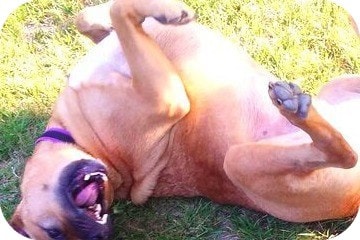
Mastitis
Mastitis is most common in dogs who are nursing. However, it can affect all dogs. It is characterized by inflammation and pain of the mammary glands and is caused by a bacterial infection. This can happen through unsanitary conditions or a puppy scratching when feeding, which can open the skin allowing for an infection. The symptoms include discoloration, swelling, reluctance to nurse, pus, and discharge. If you have any suspicions your dog could have mastitis, take them to the vet immediately as if they are nursing, it can prove fatal for the puppies.
Mammary Gland Tumor
This occurs when a growth forms, symptoms include pain, swelling, and discharge. This commonly affects unspayed bitches due to the varying hormone levels. The chances of a male or spayed dog developing a mammary gland tumor are significantly decreased. If you suspect this is the case, take your dog to the vet immediately.
Ticks
Many people confuse nipples, moles, and skin tags for ticks. Nipples tend to come in even numbers so if you’re unsure whether it’s a nipple or tick, check the opposite side and see if there is a matching one. Ticks are usually found around the head, feet, and neck area of a dog. Ticks feel like a small bump and can be identified by running your fingers over the dog’s skin. On closer inspection, you should be able to see the legs of a tick – they have eight legs.
FAQS

Why does my dog have 9 nipples?
This is normal but rarer than an even number. Some dogs are just born with an uneven number of nipples.
How many nipples does a cat have?
Cats usually have 6 to 8 nipples.
What does it mean when a male dog’s nipples are swollen?
This could indicate a multitude of things, irritation or abrasion to the area, testicular cancer, mastitis, or mammary tumors. If you’re concerned, always contact your vet.
Do dog nipples shrink after spaying?
They can, and it varies from dog to dog. Their nipples tend to swell with hormone changes, like heat. Unspayed bitches nipples swell during heat but usually shrink back down.
Can a dog have an odd number of nipples?
Yes
How many babies do dogs have?
Typically dogs carry between 5 and 8 puppies, with the world record being for a litter of 24 puppies.
Do dogs grow more nipples when pregnant?
No, dogs are born with 8-10 nipples to feed pups.
SaveWhat Do Dogs Nipples Look Like? What Is The Purpose Of Nipples? Do Male Dogs Have Nipples? Can You Count A Dog’s Nipples To Predict Litter Size? What Issues Do Nipples Cause?Published byWild Barkers
Looking for more pawsome posts? Check these out…
Can Dogs Eat Lettuce?
How To Make A Snuffle Mat
When Do Puppies Lose Their Teeth?
Can Dogs Eat Broccoli?
Can Dogs Eat Watermelon?
Disclaimer: Each dog is different, and every circumstance is different. All efforts have been made to provide accurate information. However, it is not provided by a qualified Veterinarian, Veterinarian Surgeon, or Behaviorist. The information provided is purely educational. The information should not be used as an alternative or substitute for medical care. If you have any health or medical concerns, contact a qualified Veterinary Surgeon or Veterinarian immediately.





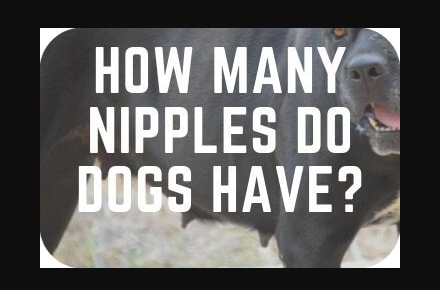


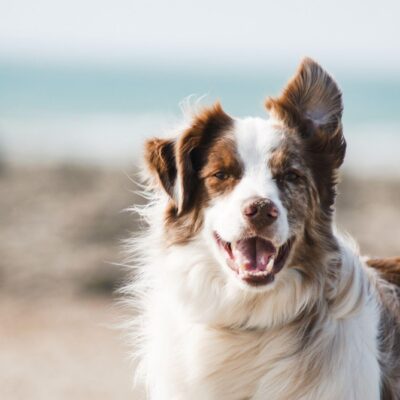
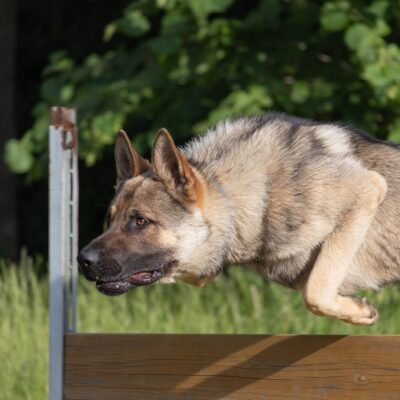
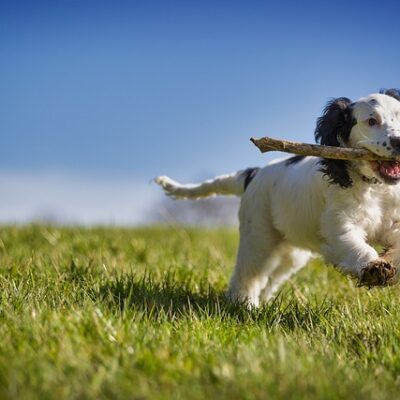
No Comment! Be the first one.